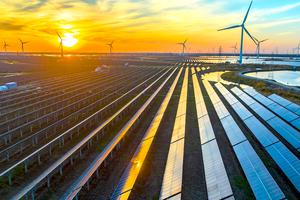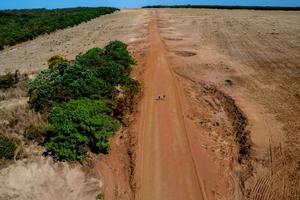Naturally occurring algae on Greenland’s massive ice sheet absorb large amounts of the sun’s energy and speed up the melting of the ice sheet even more than black carbon and mineral dust, according to a new study.
An international team of scientists found that algal darkening of Greenland’s ice is responsible for 5 to 10 percent of the total ice sheet melt each summer, and the researchers said that rapidly warming temperatures in Greenland could increase algal growth in the future. The Greenland Ice Sheet is losing an estimated 270 billion tons of ice each year.
Researchers from the Czech Republic and Denmark camped for 56 days on the ice sheet in southwestern Greenland in the summer of 2014. Using a variety of equipment, including portable spectrometers and albedometers, they calculated the quantity of algae on portions of the ice sheet and measured its albedo, or the amount of light the algae reflect back into space.
The scientists were surprised by the extent to which algae contributes to the warming and melting of the ice sheet. “The novel aspect of our study is that we discovered biological processes play an important role in ice sheet behavior,” said Marek Stibal, a cryosphere ecologist at Charles University in Prague. The results of the study were published in the journal Geophysical Research Letters.



